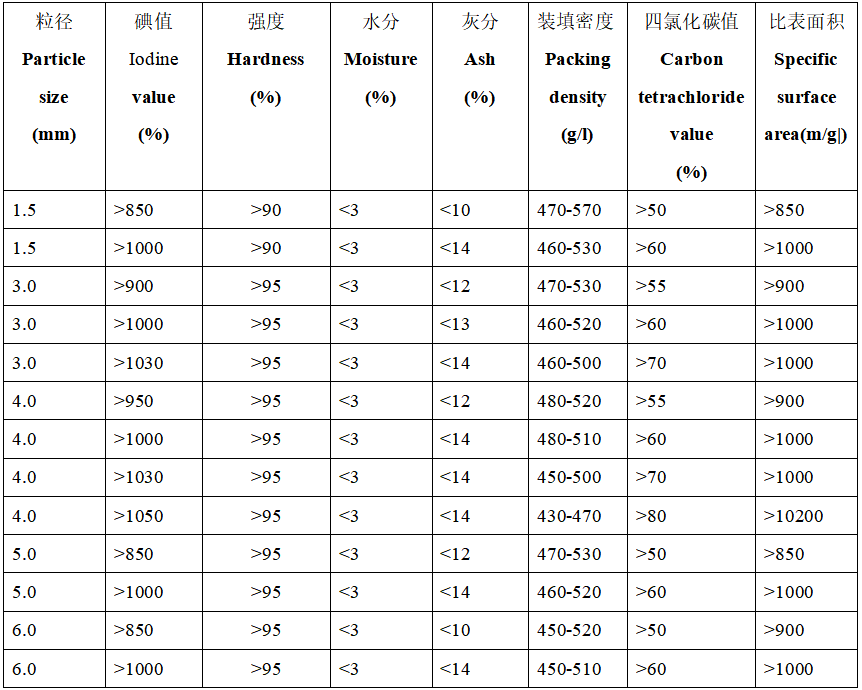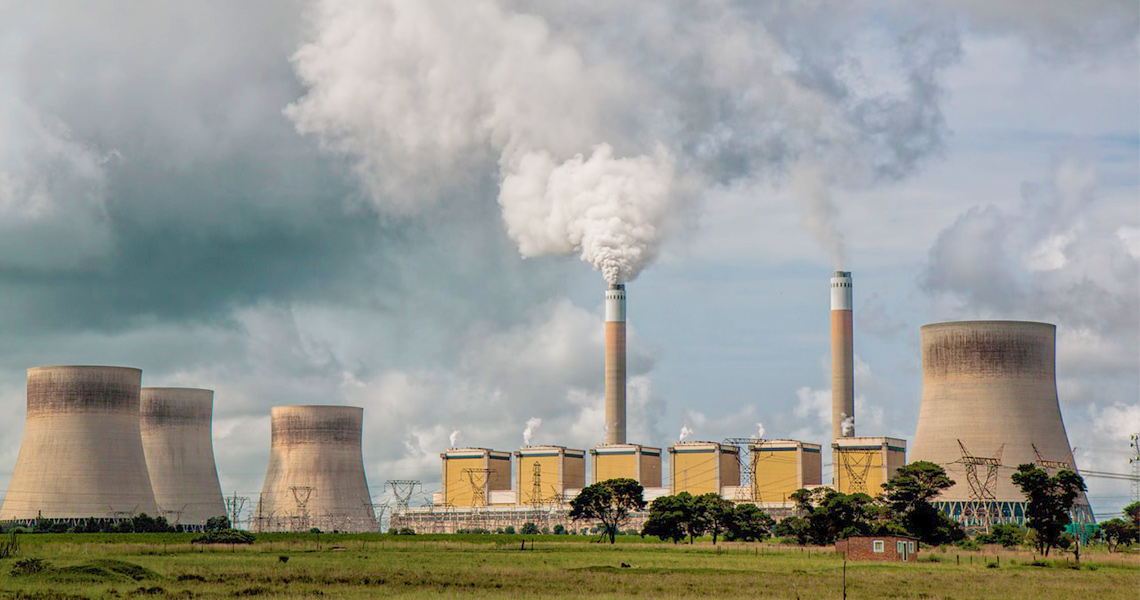I. Principle
Activated carbon is a microcrystalline carbon material mainly made of carbon-containing materials, with a black appearance, a developed internal pore structure and a large specific surface area. The surface area of 1 gram of activated carbon material can be as high as 800-3000 square meters after the micropores are expanded, and it has a large number of micropores that are invisible to the naked eye. These highly developed pores are like human capillaries, providing a huge space for adsorption. Gas molecules can enter these pores, be adsorbed and stored by activated carbon, thereby achieving air purification. For example, the molecules of harmful gases such as formaldehyde and benzene in the room after decoration are smaller in diameter and can enter the pores of activated carbon and be adsorbed.
II. Uses
Air purifiers are mainly designed to remove harmful gases and airborne pollutants. The key gases they target include:
(1) Volatile Organic Compounds (VOCs): These are chemicals released from household items like paints, cleaning products, and furniture. VOCs such as benzene, formaldehyde, and toluene are common indoor pollutants.
(2) Formaldehyde: Released from building materials, furniture, and cleaning products, formaldehyde is a toxic gas that can cause irritation and long-term health risks.
(3) Tobacco Smoke: Air purifiers can help remove harmful chemicals and gases associated with tobacco smoke, such as nicotine and carbon monoxide.
(4) Carbon Monoxide (CO): Produced from incomplete combustion of fuels in household appliances, CO can be harmful in high concentrations.
(5) Nitrogen Dioxide (NO2): Emitted from gas stoves, heaters, and other combustion processes, NO2 can exacerbate respiratory issues.
(6) Ozone (O3): While some purifiers produce ozone for purification, excessive ozone can be harmful, so air purifiers often focus on controlling its levels.
(7) Ammonia: Found in household cleaners and can irritate the respiratory system if inhaled in large amounts.
(8) Sulfur Dioxide (SO2): A pollutant mainly associated with outdoor sources, but it can infiltrate homes near industrial areas or where fossil fuels are burned.
III. Application industries
(I) Chemical industry
1.Treatment of organic waste gas
During the chemical production process, many process links will produce a large amount of volatile organic compounds (VOCs), such as benzene, toluene, xylene, methanol, etc. Coal-based activated carbon can effectively adsorb these organic waste gases due to its developed pore structure. For example, in a paint production plant, the organic waste gas generated by the volatilization of organic solvents in the paint can be treated by a coal-based activated carbon adsorption device to reduce pollution to the atmospheric environment.
2. Acid gas treatment
Coal-based activated carbon also has a certain adsorption capacity for acidic gases such as sulfur dioxide (SO2) and hydrogen chloride (HCl). In chemical smelters, sulfuric acid production plants, etc., acidic gases such as SO2 generated during the production process can be partially adsorbed and purified by an adsorption tower equipped with coal-based activated carbon, reducing the acid gas content in the waste gas and reducing the harm of acid rain to the environment.
(II) Power industry
In thermal power plants, coal combustion produces a large amount of waste gas, which contains pollutants such as sulfur dioxide, nitrogen oxides and particulate matter. Coal-based activated carbon can be used in conjunction with other purification technologies (such as desulfurization and denitrification equipment) to deeply purify waste gas. It can absorb some sulfur dioxide in the waste gas, and also absorb some trace organic pollutants and odors in the waste gas, which helps to improve the emission quality of waste gas from power plants.
(III) Iron and steel metallurgical industry
In the process of steel production, such as sintering, ironmaking, steelmaking and other links, a large amount of dust-containing, sulfur-containing and nitrogen-containing waste gas will be generated. Coal-based activated carbon can be used to absorb volatile organic compounds, some sulfides and other pollutants in the waste gas, improve the air quality around the steel plant, and reduce the odor nuisance.


None of our operators are available at the moment. Please, try again later.